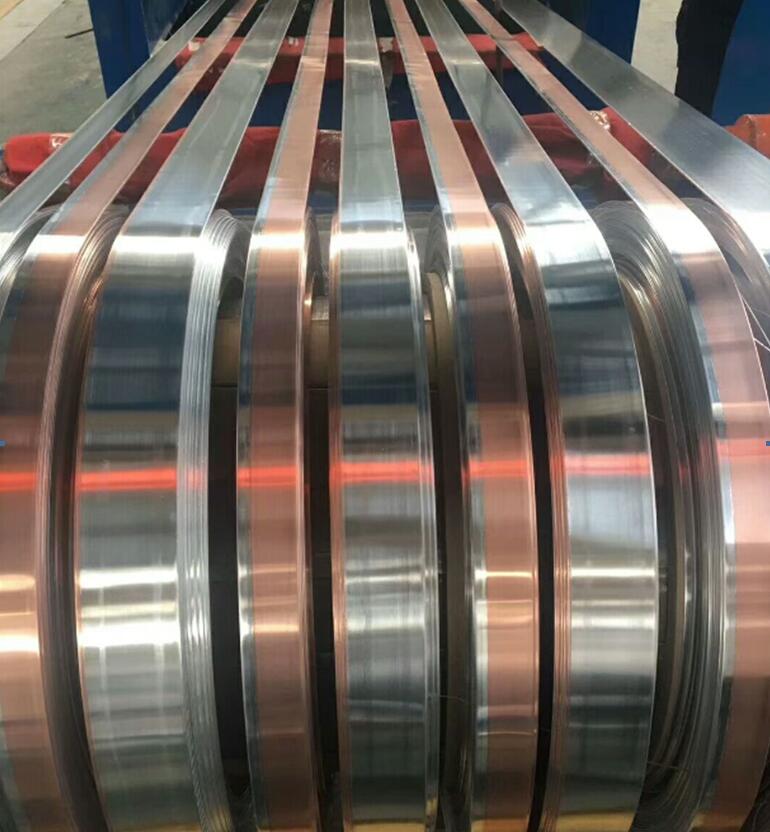Copper aluminium bimetallic strip is a new material developed in recent years and can replace copper metal. It is of great significance to alleviate the situation of more aluminum and less copper in our country and resolve the overcapacity of aluminum industry. In the conductive industry, in order to meet the needs of conductive performance, the applied copper material should meet the material requirements of T2 copper in GB/T5231, and the aluminum material should meet the material requirements of 1060/8030 aluminum in GB/T3190. In order to ensure the electrical conductivity of the copper-aluminum composite material, first of all, it should be ensured that the material of the copper cladding and the aluminum base meet the standard requirements.

The volume ratio of copper layer is analyzed by computer finite element analysis. The copper aluminum layer volume ratio of copper aluminum bimetal strip is 20%, and its cost performance is optimal. At this time, the current carrying capacity reaches 89% of the T2 copper row. For different needs in industry applications, the conductive properties of the materials can be changed by appropriately adjusting the volume ratio of copper cladding. Generally speaking, the volume ratio of copper cladding should not be lower than 15% and should not be higher than 30%. The higher the volume ratio of copper cladding, the better the conductivity. As a basic performance of composite materials, the interface bonding strength is directly related to the application and safety of the material. Whether the material will be delaminated during bending, punching and shearing, and the stress caused by thermal expansion and contraction in areas with large temperature differences will not damage the bonding layer, which are directly related to the interface bonding strength. Tests and applications prove that the interface bonding (shearing) strength is greater than 35MPa, which can meet the above application requirements.











